A Bell state is defined as a maximally entangled [[quantum state]] of two [[qubit]]s. The qubits are usually thought to be spatially separated (held by [[Alice and Bob]], respectively, to use [[quantum cryptography]] terms). Nevertheless they exhibit perfect [[correlation]]s which cannot be explained without [[quantum mechanics]].
To explain, let us first look at the Bell state
:
This expression means the following: The qubit held by Alice (subscript "A") can be 0 as well as 1. If Alice measured her qubit the outcome would be perfectly random, either possibility having probability 1/2. But if Bob then measured his qubit, the outcome would be the same as the one Alice got. So, if Bob measured, he would also get a random outcome on first sight, but if Alice and Bob communicated they would find out that, although the outcomes seemed random, they are correlated.
So far, this is nothing special: Maybe the two particles "agreed" in advance, when the pair was created (before the qubits were separated), which outcome they would show in case of a measurement.
Hence, followed [[Albert Einstein|Einstein]], [[Boris Podolsky|Podolsky]], and [[Nathan Rosen|Rosen]] in 1935 in their famous "[[EPR paradox|EPR]] paper", there is something missing in the description of the qubit pair given above - namely this "agreement", called more formally a [[hidden variable]].
But quantum mechanics allows qubits to be in [[quantum superposition]] -- i.e. in 0 and 1 simultaneously, e.g. in either of the states or . If Alice and Bob chose to measure on this [[basis]], i.e. check whether their qubits were or , they will find the same correlations as above. That is because the Bell state can be formally rewritten as follows:
Note that this is still the ''same'' state.
John S. Bell showed in his famous paper of 1964 by using simple probability theory arguments that these correlations cannot be perfect in case of "pre-agreement" stored in some hidden variables -- but that quantum mechanics predicts perfect correlations. (More formally and in a refined formulation known as the [[CHSH Bell test|Bell-CHSH inequality]]: A certain correlation measure cannot exceed the value 2 according to reasoning assuming [[local hidden variable theory|local "hidden variable" theory]] (sort of common-sense) physics, but quantum mechanics predicts )
There are three other states of two qubits which lead to this maximal value of and the four are known as the four ''maximally entangled two-qubit states'' or ''Bell states'':
:
==See also==
* [[Bell basis]]
* [[GHZ|GHZ state]]
{{FromWikipedia}}
[[Category:Quantum States]]
